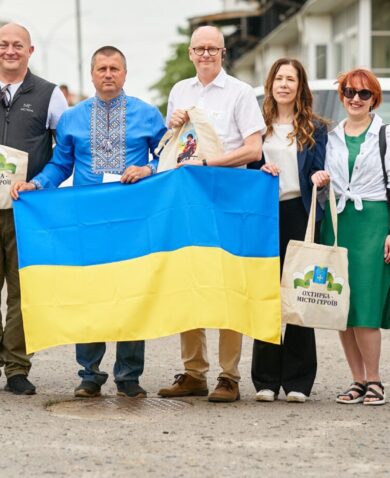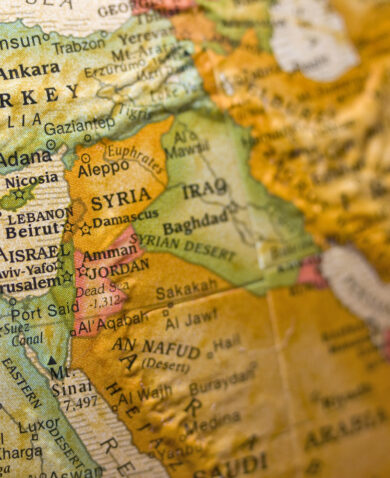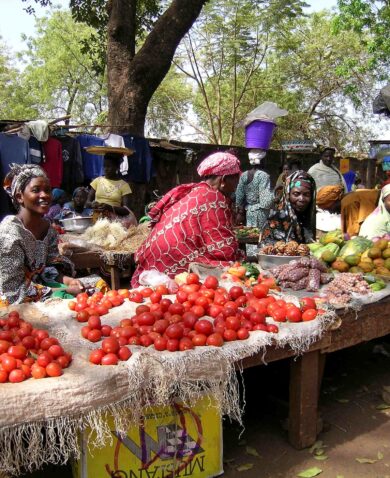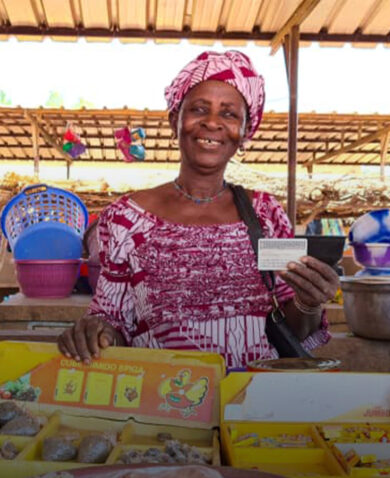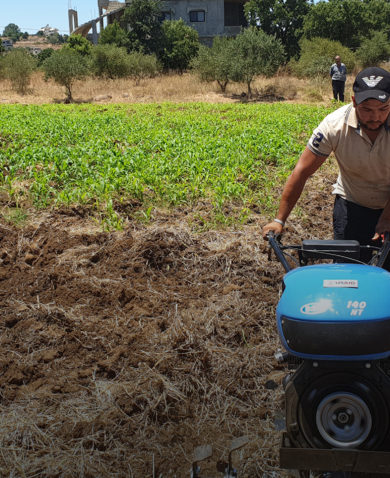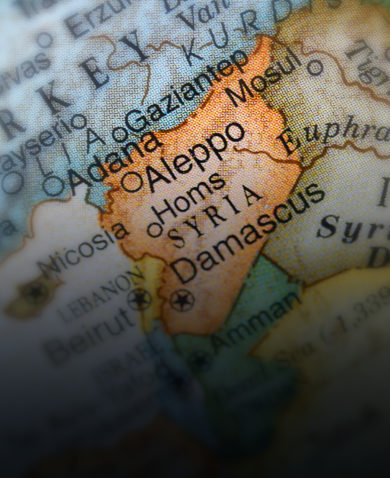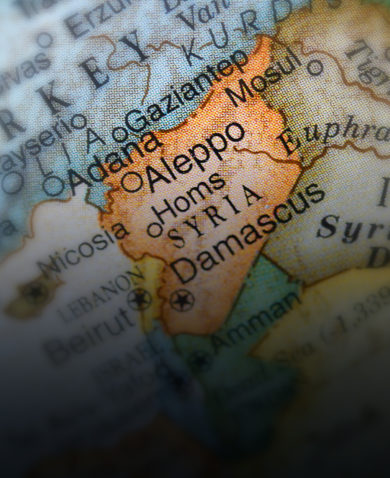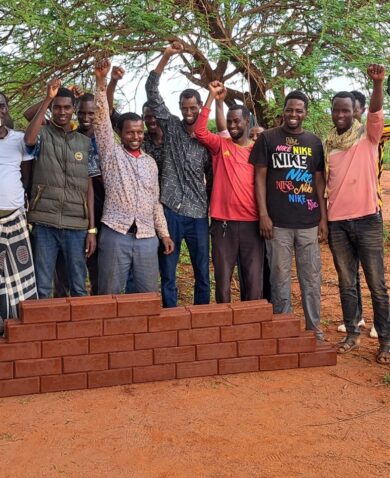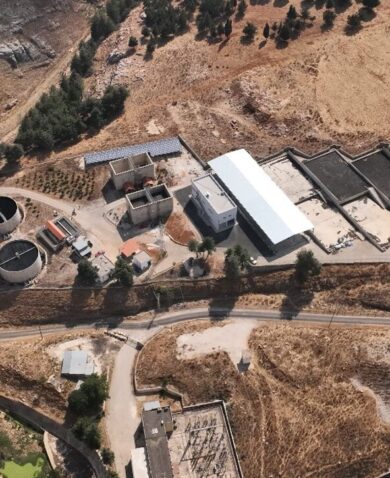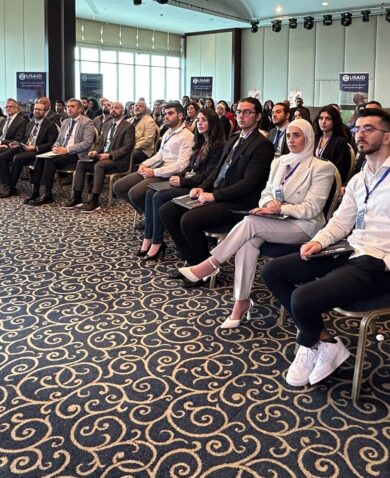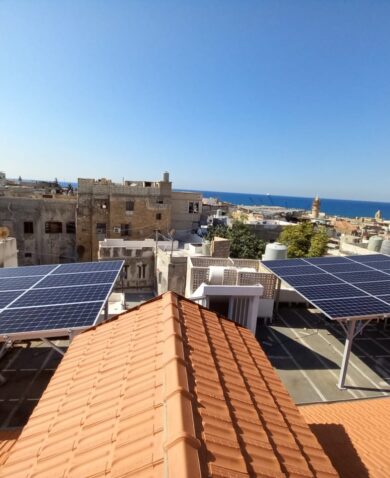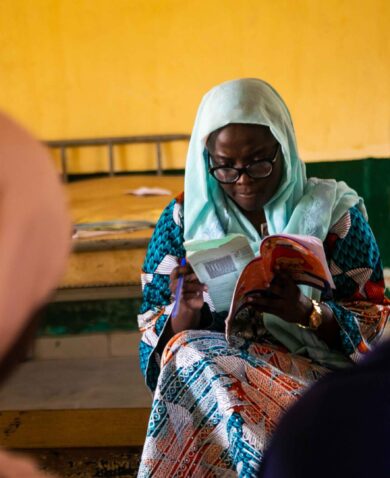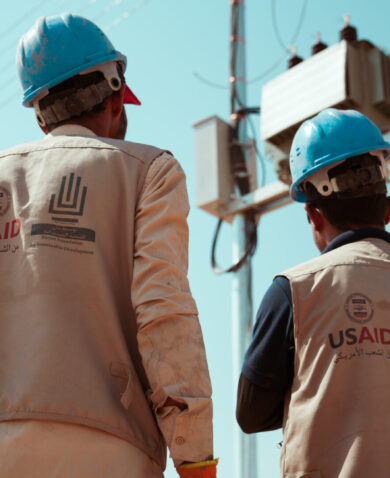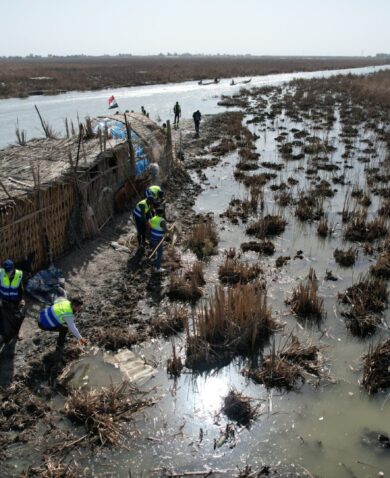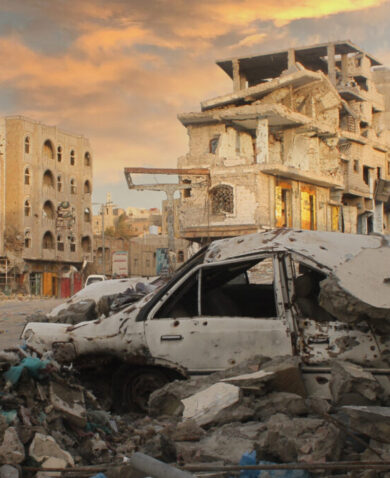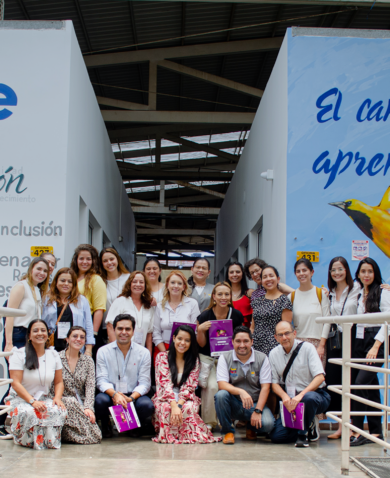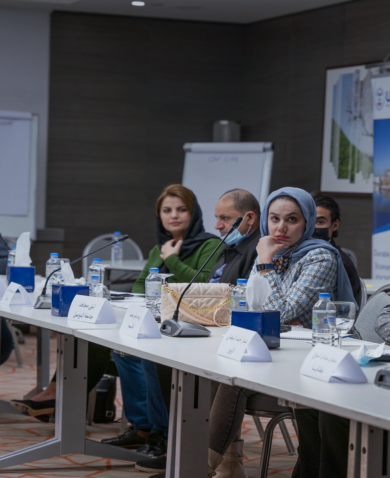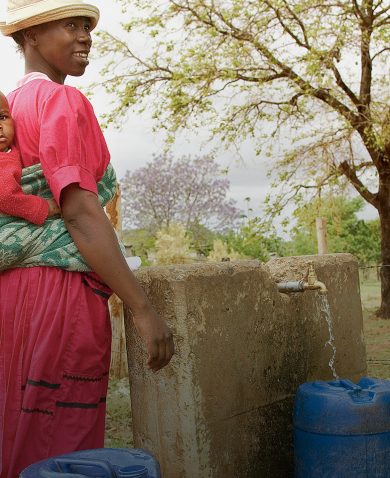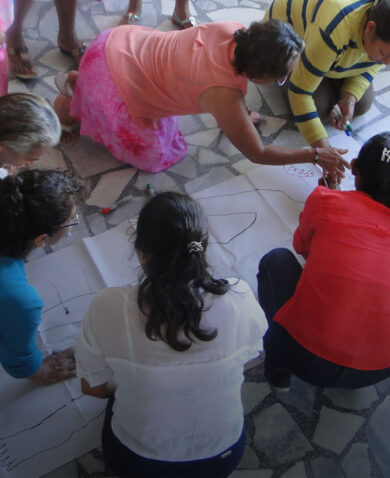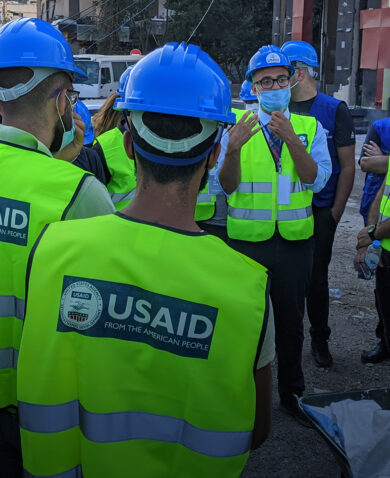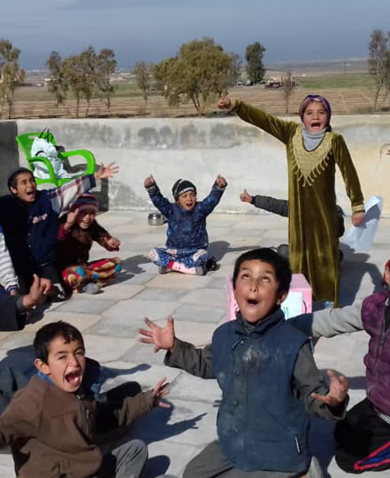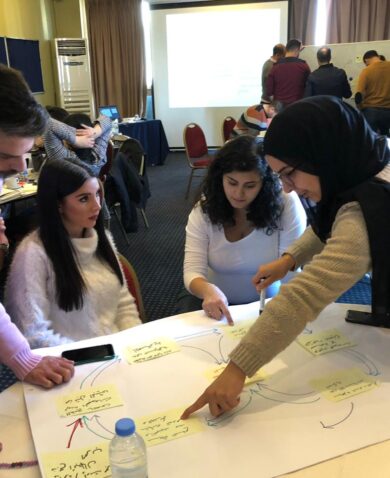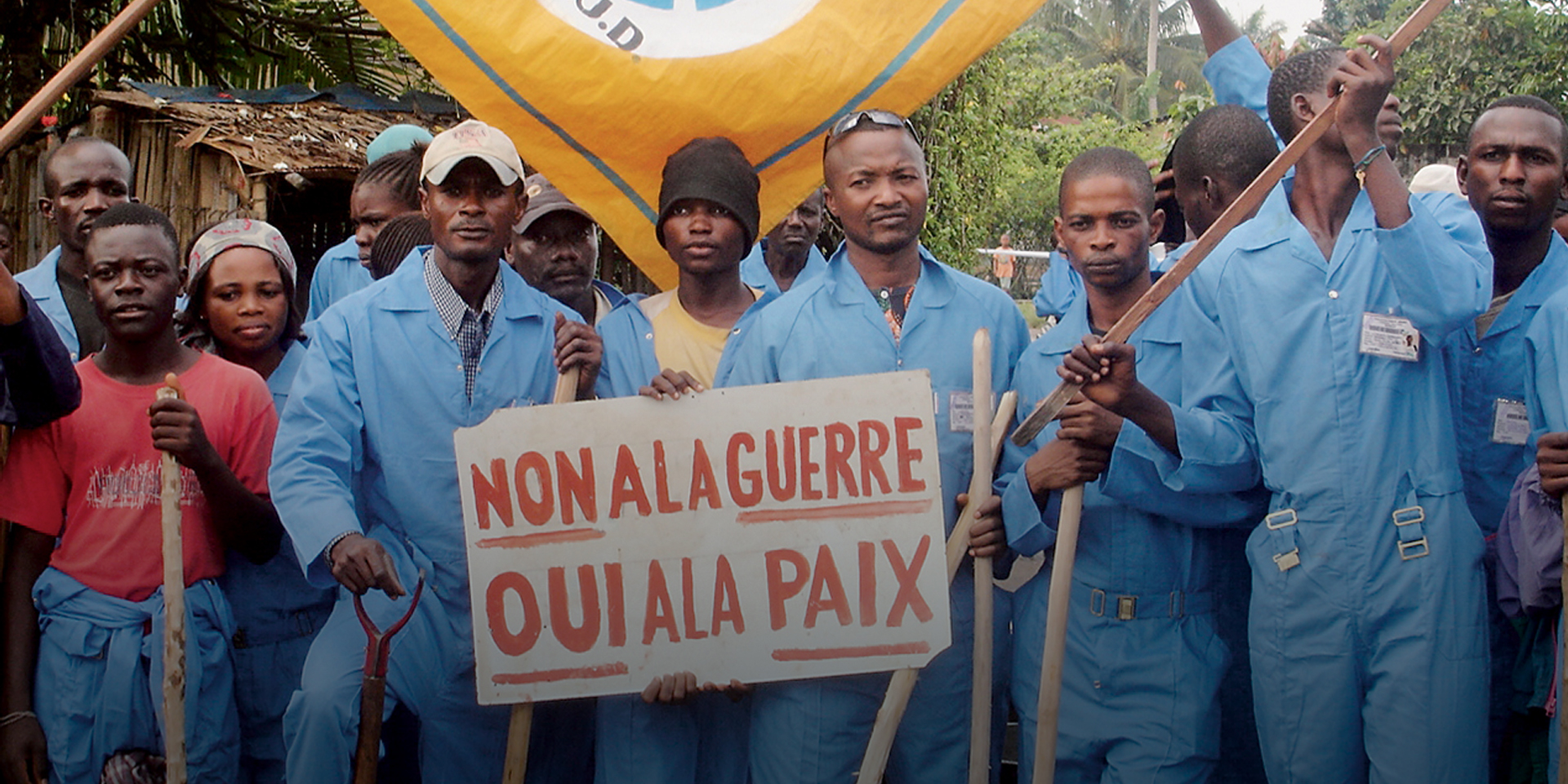
What the Global Fragility Act Could Mean for Development Investments
August 6, 2019 | 2 Minute ReadIf passed, the Global Fragility Act (GFA) could change the way conflict prevention and stabilization is approached by the sector. Elisabeth Dallas and Brittany Patterson provide five recommendations on how to operationalize the GFA.
This post originally appeared on Devex.
The Global Fragility Act requires the U.S. government, in collaboration with civil society, to develop a 10-year strategy to enhance stability and to reduce violence and fragility globally.
The GFA — recently passed by the U.S. House of Representatives and up for a full vote by the Senate — provides a unique opportunity to shift the way the international development community views and implements conflict prevention programming.
A significant triumph for the field of conflict prevention and stabilization, the bill delivers a strong bipartisan message. This message not only underscores the importance of addressing root causes of conflict as a means for advancing political and social interests globally but also recognizes prevention as the most cost-effective, sustainable way to build community resilience to conflict and achieve long-term stability.
We should seize this moment in time, since there has never been so much attention and focus afforded to the importance of conflict prevention. The report of the bipartisan Task Force on Extremism in Fragile States — led by the U.S. Institute for Peace — and the World Bank’s and United Nations‘ “Pathways for Peace” report make compelling arguments as to why we must invest in prevention.
The reports illuminate the cost-effectiveness of prevention: For every dollar invested, donors save between $2 and $7. This year, the Institute for Economics and Peace estimated the cost of containing violence to be at $14.1 trillion a year globally, equivalent to 11.2% of the world’s gross domestic product.
The GFA grants policy and donor communities, as well as implementing partners, the opportunity to act on this evidence by designing cost-effective programs with the explicit goal of getting ahead of the curve — investing in programs that build capacity and promote social cohesion efforts before conflict occurs.
As Congress develops the 10-year strategy mandated in the GFA, the voice of implementing partners must be brought to bear for the legislation to be connected to the realities on the ground.
Posts on the blog represent the views of the authors and do not necessarily represent the views of Chemonics.

